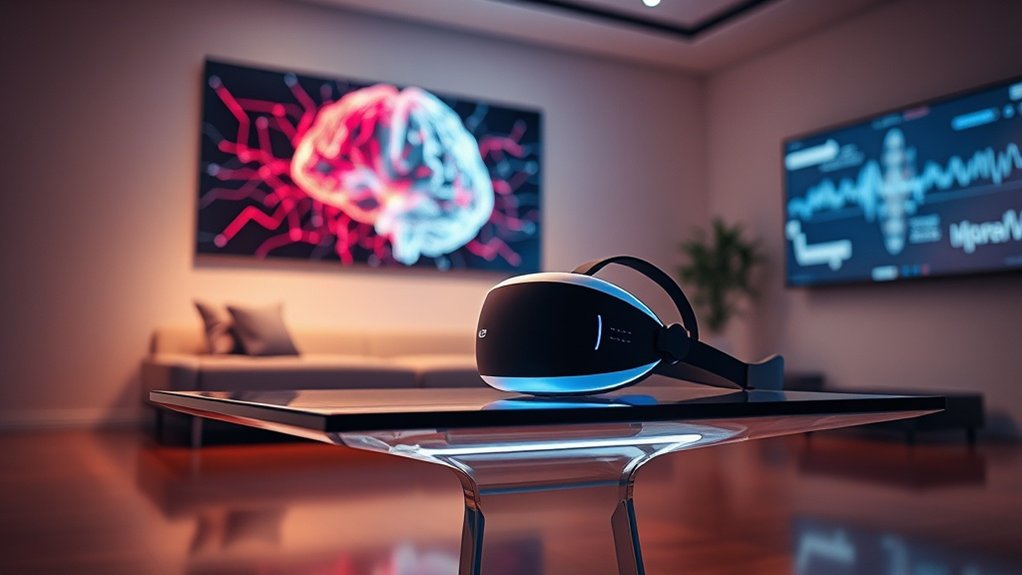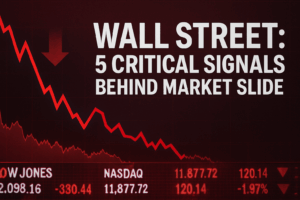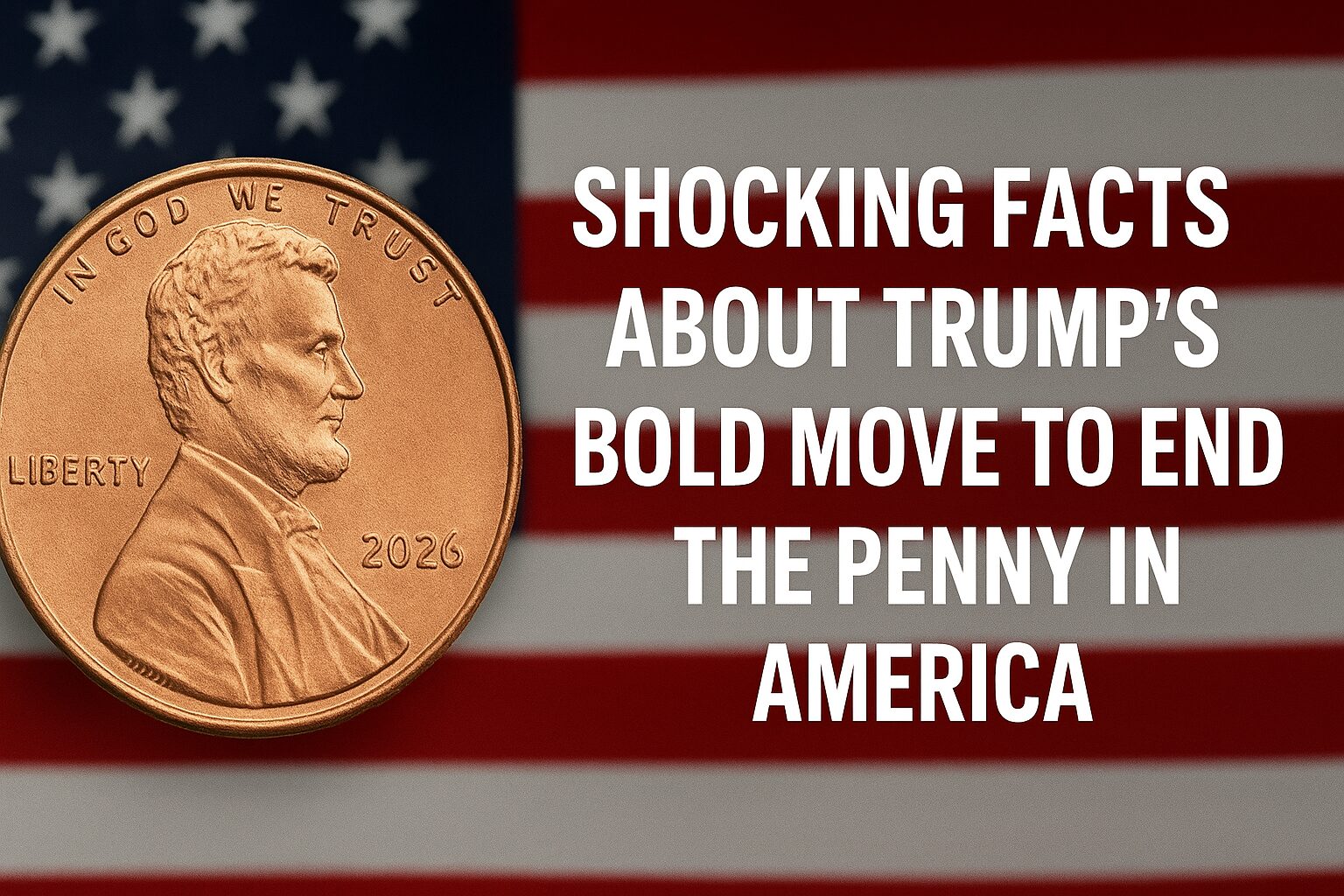Key Takeaways
- In 2025, AI-driven therapies and virtual reality will transform mental health care into an interactive and personalized experience.
- These innovations provide personalized support, making the healing process more engaging and accessible.
- The advancements in mental wellness are set to empower individuals and communities, contributing to economic growth and fostering a sense of belonging.
The Future of Mental Health Care
Imagine a world where mental health care is as vibrant and engaging as your favorite hobby. In 2025, groundbreaking innovations like AI-driven therapies and virtual reality will redefine your care journey. These tools tap into personalized support, turning healing into an interactive experience.
Join us as we explore how these advancements empower you and your community, fueling economic growth and nurturing a sense of belonging.
Ready to uncover more about the future of mental wellness?
AI-Powered Personalization in Mental Health Care
Through the friendly presence of AI-powered chatbots like “Therabot” and therapeutic apps, we see major symptom improvements that rival traditional outpatient therapy. It’s not just about making therapy accessible; it’s about using advanced algorithms and big data to shine a light on mental health pathways tailored to individual needs and experiences. You experience benefits as AI interventions offer personalized therapy that feels custom-crafted just for you. These digital tools employ data analytics to understand your unique behavioral patterns. They track your mood, daily habits, and interactions. Then, they adapt their approach, ensuring you’re receiving the most effective support. By personalizing therapy, these AI-driven solutions enhance treatment outcomes. It doesn’t replace human therapists, but works alongside them, ensuring you get consistent care that truly fits your lifestyle. With AI therapy projected to grow into a $2 billion market by 2025, it is clear that these technologies are filling critical gaps in mental health infrastructure.
Virtual Reality and Immersive Therapies
Let’s jump into the vibrant world of Virtual Reality (VR) and immersive therapies!
As VR tech booms, it’s revolutionizing mental health treatment, promising a market growth from USD 1.83 billion in 2024 to USD 10.71 billion by 2032. This surge is powered by the call for non-drug treatments for anxiety, depression, and PTSD.
Thanks to immersive user experiences, VR boosts treatment engagement, making therapy more effective and enjoyable. The appeal of VR in mental health comes from its unique strengths:
- Enhanced Engagement: Immersive environments keep you motivated.
- Accessible Therapy: Tele-VR removes barriers, reaching remote communities.
- Clinical Effectiveness: Proves beneficial in anxiety and PTSD.
VR’s here to redefine therapy, enabling healing journeys for many.
Integration of Mental and Physical Health Services
When you think about health, it’s time to see it as one interconnected system. Integrating mental and physical health services means using coordinated care and holistic approaches. This method addresses how physical and mental conditions often occur together. In community settings, integrated models enhance care delivery by redesigning systems and supporting patient self-management. Studies show that integrating economic regulation into health policy can enhance the accessibility and sustainability of mental health services. Collaborating with experts in financial discipline can further support the funding of integrated health models, ensuring their long-term success.
| Benefits | Barriers | Solutions |
|---|---|---|
| Higher care access | Funding difficulties | Teamwork |
| Preventive screenings | Maintaining IT systems | Leadership support |
| Improved mental health | Holistic care | |
| Stabilized physical health | Coordinated care | |
| Longer lifespans | Interconnected treatment |
These integrated approaches improve symptoms like anxiety and stabilize physical health, which is vital for overall wellbeing. Adopt this paradigm shift to transform community health!
Early Intervention Strategies for Youth
Imagine a world where kids get the help they need before small problems turn into big ones. Early intervention strategies empower youth and engage communities to tackle mental health issues early.
Did you know that half of mental health conditions start by 14? Yet, many go undiagnosed. By prioritizing early action, you can transform lives.
Here’s how you can support this change:
- Encourage youth engagement: Involve young people in mental health discussions and solutions.
- Promote community support: Create safe spaces and inclusive programs within neighborhoods.
- Support legislative efforts: Advocate for policies like the EARLY Minds Act for broader preventative funding.
Engagement with spiritual practices like mindfulness can also boost emotional resilience and foster a sense of belonging among youth.
With these steps, you’re not just preventing mental illness but creating promising futures. Engage now, because the earlier we act, the more lives we change.
Assessment
So, you’ve probably heard about how AI and VR are gearing up to transform mental health by 2025, right? It’s pretty exciting stuff, knowing that these technologies will bring personalized, immersive care that’s both engaging and effective.
Picture this: chatbots that totally get what you need and VR experiences that help you tackle anxiety or PTSD head-on. By blending mental and physical health, we’re ensuring a holistic approach for everyone.
Together, we’re moving into a future where innovation meets empathy, benefiting our diverse communities. Let’s embrace this change for brighter, healthier tomorrows!














